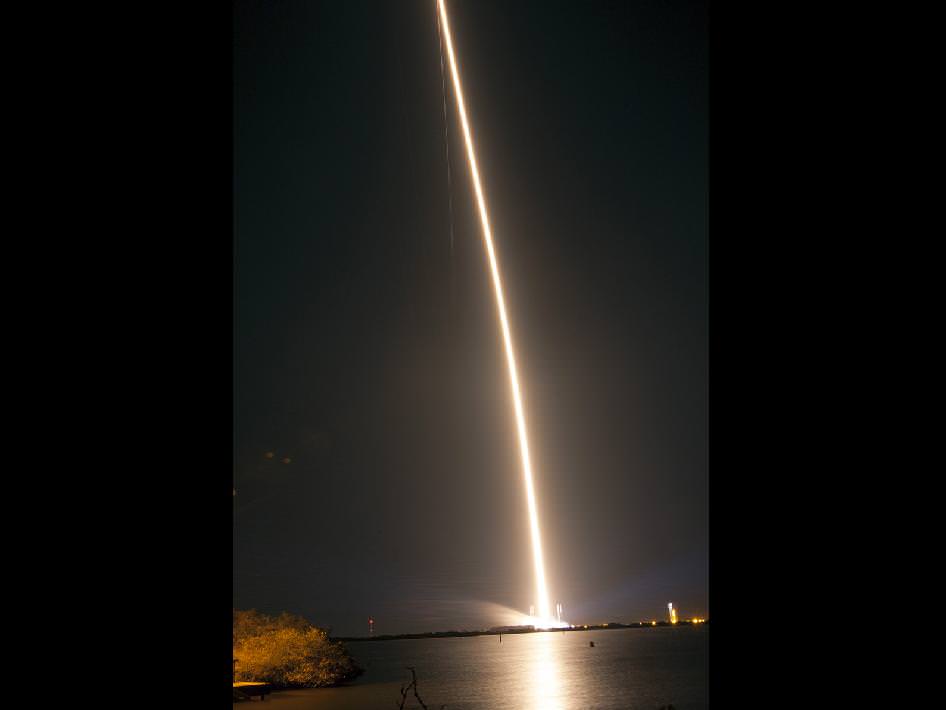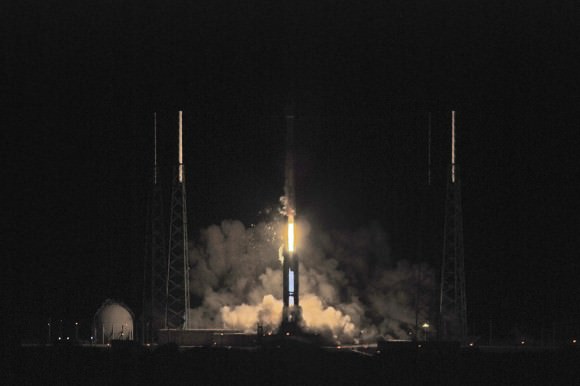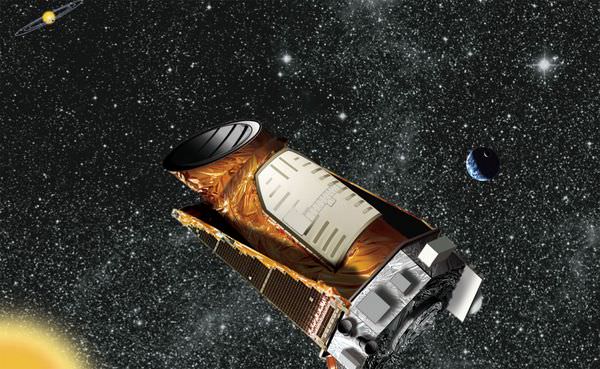If there was a frequent flyer program for astronauts, Jerry Ross would be a gold status member. Ross is a veteran of seven space shuttle missions, making him a co-record holder for most spaceflights with fellow former NASA astronaut Franklin Chang-Diaz, and with nine spacewalks, he has the second most EVAs by a NASA astronaut. He is one of only three astronauts to have served throughout the entire Space Shuttle Program. Ross has written a new book about his life and career as an astronaut, “Spacewalker: My Journey in Space and Faith as NASA’s Record-Setting Frequent Flyer.” This is the first time he has told his story, reflecting on the legacy of the Shuttle program, its highs and lows, and the future of manned space flight.
Ross talked with Universe Today about his experiences and his new book. (Find out how you can win a copy of the book here.)
Universe Today: What made you decide to write a book about your experiences?
Jerry Ross: I wanted to share my experiences of what it was like to suit up to go out on a spacewalk and also help people understand what it is like to be an astronaut, that we are regular people who do regular work most of the time and only get to fly in space once in a while. In addition I wanted to entertain a little, use some funny stories that I had told many times to my friends when we were down at the Cape waiting for a launch, and a lot of times people would say, ‘those are great stories, you ought to write a book.’ After more and more people said that I started to take it a little more seriously.
Additionally I wrote it for my granddaughters who were young enough while I was still flying in space to not remember much, and in fact the youngest one was born after I had completed my flying. But probably the most important reason is that throughout my astronaut career I made a point that while I was talking with young students about their lives and what they could do with their God-given talents and capabilities, that they should dream large, study hard and work hard to reach their goals and not give up too easily. Throughout many of my talks over the years at schools, I have used my own career as a way of pointing out to them that, yeah, you are going to have some setbacks, your life won’t go in a straight line. You’ll have to study hard and work hard but you don’t have to be a straight-A student. And don’t give up too easily on what your goals are. I am one of the very fortunate ones who was able realize very early in my life what I wanted to do. I was able to set those goals and was able to achieve them, and what happened in my life was so much better than I could have dreamed about!

UT: You are obviously very dedicated to NASA. How does it feel to have the spaceflight records you have, and to have been a part the agency that is such an iconic part of America?
JR: The records are a byproduct of the what I said before; working hard and not giving up. I am and I was very dedicated to what our country was doing in space but I am somewhat frustrated that we are not doing more now. The records are quite frankly something that I wish I could have pushed much higher. I would have hoped to have flown many more times and done more spacewalks as well. Frankly, I’m disappointed that my records haven’t fallen and that those records aren’t continuing to be broken.
If we’re not continuing to push forward in space and do things more routinely and more aggressively, then as a country we are failing to be the leaders of the world that we should be in terms of leading humankind further into the Universe, learning more about the Universe and about ourselves, and potentially being able to live on other planets someday. While the records are nice — and it is kind of nice to put that in your bio that you hold the world record — it is not something that I hang onto, and like I said, I hope we will get back into a much more aggressive program that will push more people into space faster and farther.
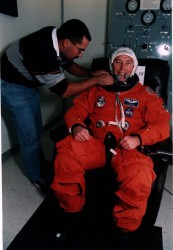
UT: Do you have a favorite mission or favorite moment that you cherish from all your spaceflights?
JR: That question is just like asking a mother which one of her seven children she likes best! Every one of my flights was unique and different. All of them were a lot of fun with great crews and great missions. If I had to pick one, it would probably be the first flight, just because it was my first. It was an exciting mission, a great crew and I got to go on my first spacewalk, which laid the foundation for even more spacewalks in the future. At the time I launched I was already assigned to another mission, so it was a great time in my career when I was still fairly young but was really starting to feel the success of all the hard work.
UT: What was the most unexpected thing or experience you had?
JR: I think the most unexpected thing — and I talk about it in the book — is the epiphany I had on my fourth spacewalk on my third space shuttle mission when I was high above the payload on a foot restraint on the end of the robotic arm. The rest of the crew was concentrating on working with (astronaut) Jay Asp who was doing some work in the payload bay. I had the chance to look into deep space. It was at night and I turned off my helmet-mounted lights and just looked at the Universe and the uncountable number of stars out there. And all of a sudden I had this sense come over me — it was totally unexpected, it wasn’t something I was thinking about or contemplating — but it was a sense that I was doing what God had intended me to do, being in space in a spacesuit, working to fix satellites and assemble things in space. What a reassurance that you picked the right path, and that you are doing exactly what you were intended to do!
For an engineer to have any feelings at all, and especially a feeling like that traveling at 5 miles a second above the Earth is pretty incredible.
UT: I really enjoyed the sidebar pieces in the book that were written by the people important in your life – your friend Jim, and your wife and children. How did you decide to include that, and did you have any trouble convincing them to be a part of the book?
JR: The book started out with John Norberg, my co-writer, coming down and doing a series of interviews with me and also with my family members and my best friend Jim Gentleman, and one of my two sisters in Indiana. Initially, John was going to write more of the book than it ended up being. It was a much more collaborative effort than I had anticipated. But those sidebars or insights from others was totally his idea and one that I entirely latched onto once we started writing. I think it is a great insight into the rest of the family and how we operated as a family. I’ve had this comment multiple times now from folks that these additional insights were especially enjoyable.

UT: Your daughter Amy also works at NASA, and has helped to create better gloves for spacewalking. How gratifying is that to have her be a part of NASA?
JR: I think any parent is pleased if one of their children decides to follow in their footsteps. I guess that somehow validates that what the parent has been doing was something they valued and thought was interesting and exciting. Amy was exposed to it and was never encouraged one way or the other to be part of NASA or not, so it was very satisfying to see her do that. It was equally gratifying for me for my wife Karen to get into the space program working for United Space Alliance as one of the support contractors, and as you read in the book she helped supply the food for the shuttle and the station.
You also might be interested to know that Amy was interviewed for the astronaut program in January. For this selection process they had around 6,000 people who applied and they narrowed it down to about 400 that they deemed most qualified, and from that 400 they brought in 120, and she made that cut.

They will further reduce the number down to about 50 that will be brought back in for a second round of additional interviews and screenings, mostly some fairly heavy medical testing, and then from that they will select about 10 or so in the middle of the year. So we are extremely excited for her and keeping our fingers crossed.
UT: You write in detail about the two shuttle accidents. How difficult were those two periods of time – both personally and for everyone in the astronaut office?
JR: It was a tremendous loss. The astronaut office is relatively small. At the time of those losses, we were in the neighborhood of about 100 people total, and you get to know folks pretty well. To have your friends doing what we all enjoyed and seeing them be lost and then learning that probably, had we been smarter or more diligent, we as an agency could have prevented both of those accidents. That is very hurtful.
You go through a lot of soul searching, especially after the Challenger accident when we were still very early in the shuttle program to lose a vehicle and friends that way. My family was still quite young and it makes you really do some soul searching about whether or not you should continue to do that and put your life and therefore your family at risk. We talked about it quite a bit as a family and fortunately we all agreed that it would be letting our friends down if we decided to pull out and go do something else.

UT: You mentioned this earlier, and you don’t mince words in the book about your disappointment with the direction NASA is going. Have your thoughts changed any about the SLS?
JR: No, I still think that the agency is wandering in the forest. Most of the direction that we are getting from Congress is the direction that reinstituted the SLS and is pushing Orion forward. The administration is really pushing the commercial space aspect, and it still makes me very nervous that the commercial space guys may not pan out. It makes me nervous that NASA won’t have more control and insight on what is going on with the vehicles, from both a safety and operational perspective. It makes me nervous that we are planning to rely up on them solely to get to and from low Earth orbit, when in fact if they have an accident either with one of our crews or theirs, it could precipitate a lawsuit, which might put them into bankruptcy. Where would we be then?
So there are lots of reasons why I don’t think this is the right answer. I totally agree with commercial space if they want to go spend their own nickel and go do things, that is fine. As a government agency I think we should provide all the help and assistance that we can, but at the same time I don’t think we should be diverting resources of NASA’s programs to be paying for theirs. And that is what we are doing right now.
If we had not stopped the Constellation program, we would be in the process of getting ready to go launch an Orion right now. So what we are doing is delaying progress for the nation and what is going to happen in respect to commercial space is not at all certain. I frankly do not see any business model that would keep any of those commercial systems operating without a great underwriting and usage by NASA. And so I don’t see the logic in what is going on.
UT: Your faith is obviously very important to you, and I recall the one line you wrote, that you find it impossible to believe that everything you saw from space was created without God. In some circles, it seems to be that it is either science or religion that the two are hard to mix. But you obviously have no problem mixing the two in your life.
JR: Absolutely. I have had no problems along those lines whatsoever. I think the problems come when people try to read too literally passages in the Bible, and to not to just accept God on faith. So, somehow I think people try to limit God by reading an exact passage in the Bible, in a certain kind of Bible, when in fact the passage would read quite differently depending on what kind of Bible you are reading.
UT: Is there anything else that you feel is important for people to know about your book or your experiences in general?
JR: I hope people will read the book and enjoy it, number one! Secondly I hope they will get a better understanding of what it takes to make a spaceflight happen. But probably the most important thing is that I hope that it might help young adults and school age children interested in science and engineering. But the main emphasis of the book is to set goals for yourself, study hard, work hard and don’t give up too easily.
UT: Jerry, its been an honor to talk with you! Thank you very much.
JR: I’ve enjoyed it, thank you!
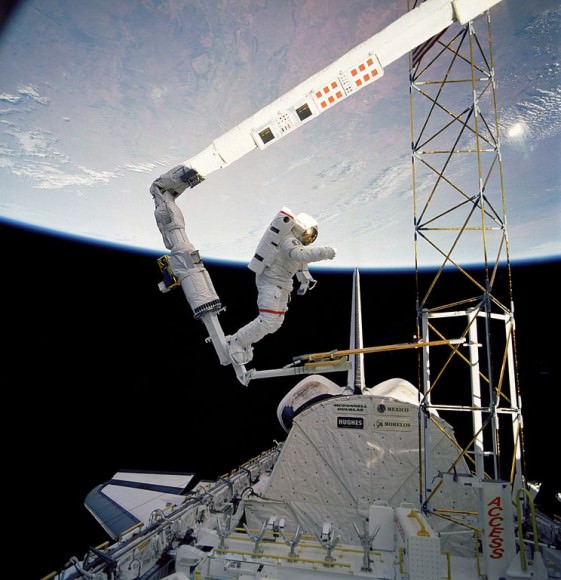


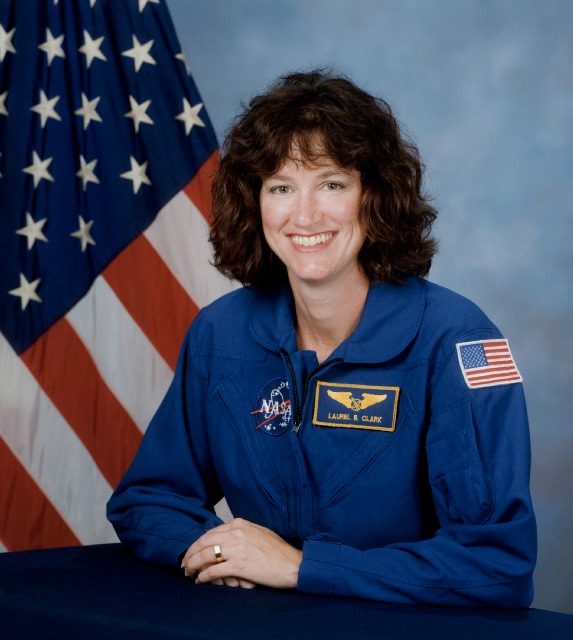
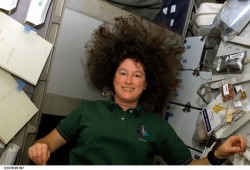
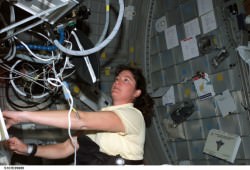
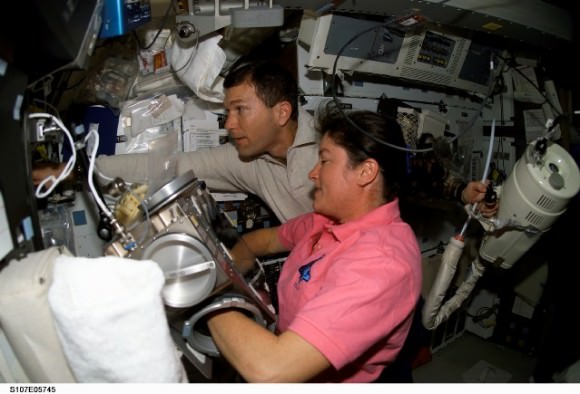
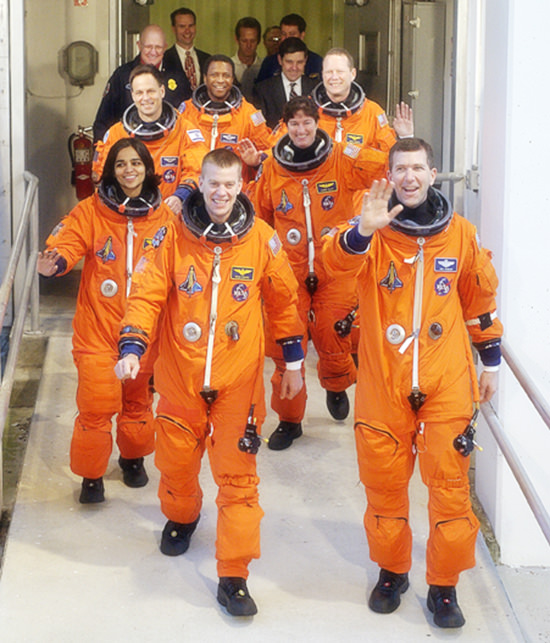


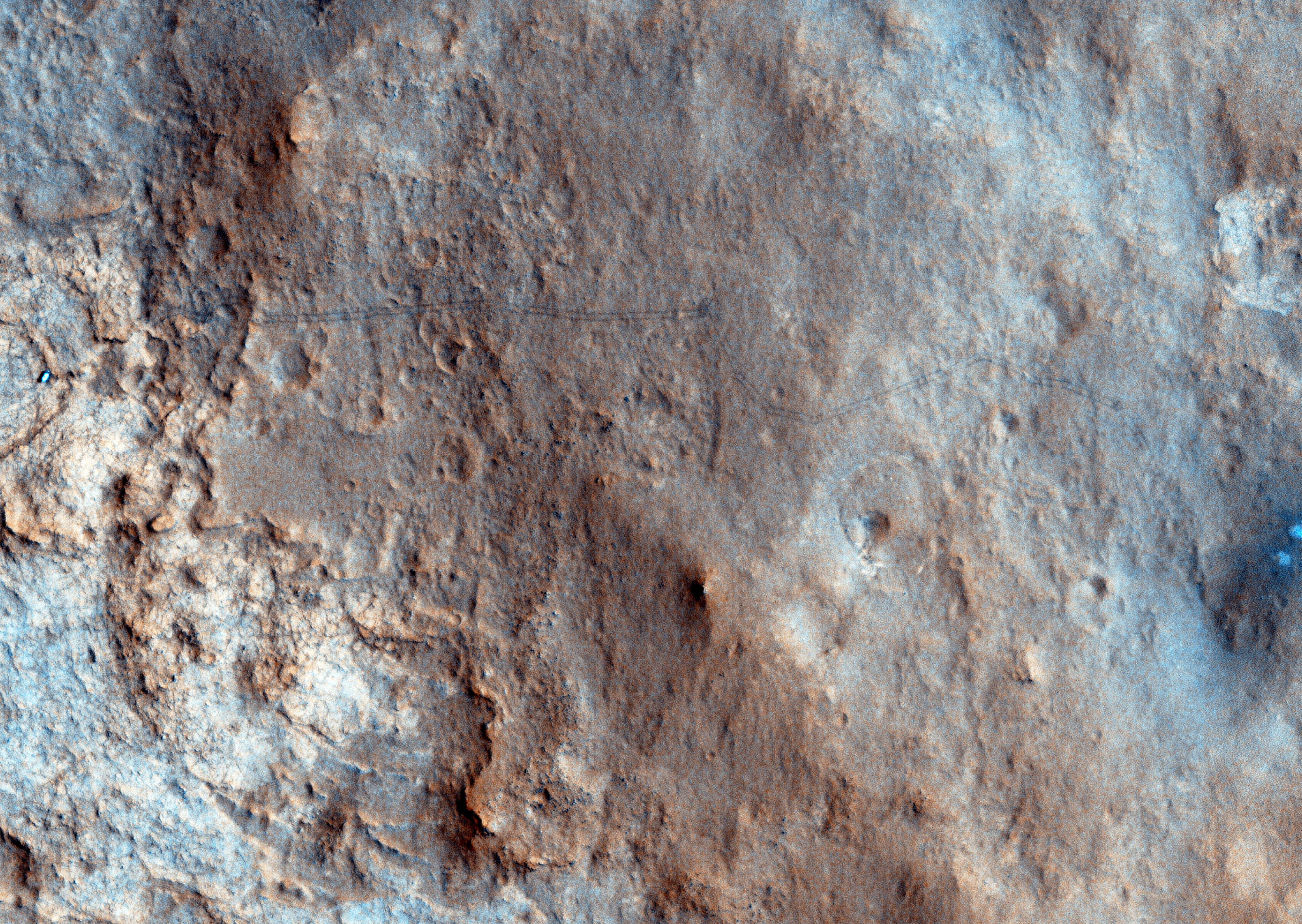


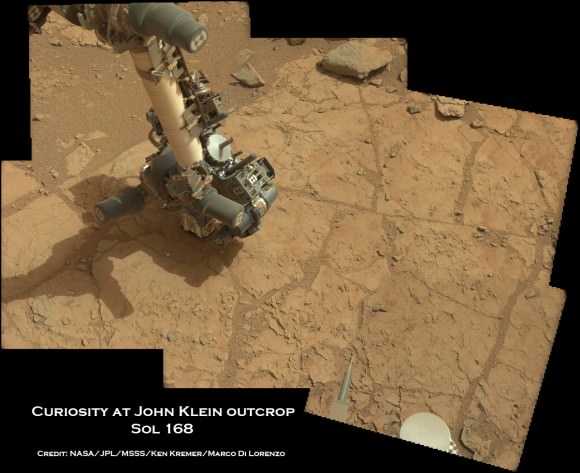

![PIA16716_ip[1]](https://www.universetoday.com/wp-content/uploads/2013/01/PIA16716_ip1-580x580.jpg)

